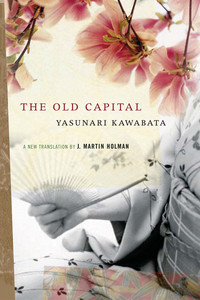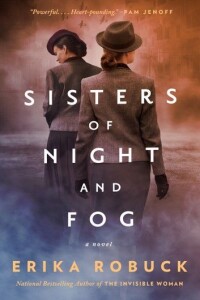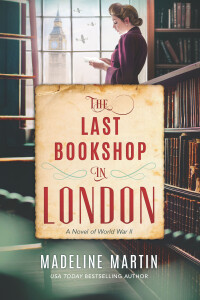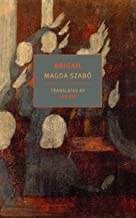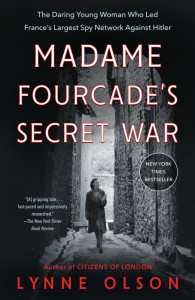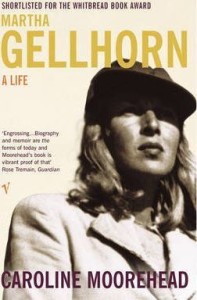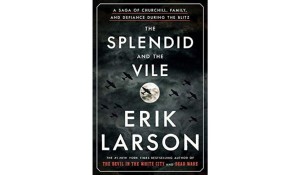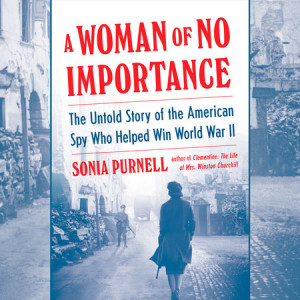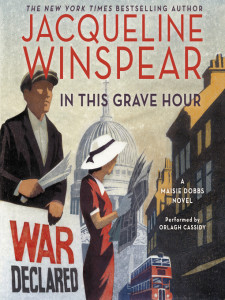
In my search for comfort reads to give me a rest from what’s going on in our world, I’ve turned to Rumer Godden, whose novels are set in earlier times and places. I’m looking forward to rereading old favorites like The Greengage Summer, and in the meantime picked up this memoir of her early life. I completely ignored the note that it covers the years from her birth in 1907 to 1946, thus landing me once again in the experience of a woman at least temporarily distant from Hitler’s reign of terror.
As Godden sets out to trace the beginnings of her life as a writer and her formative influences, one theme that emerges immediately is the contrast between her charmed childhood in Narayanganj—then part of colonial India, now Bangladesh—and her stints in England. In India, where her father worked as a shipping company executive, children were “left to grow” where in England they were “brought up.” When she and her sister Jon as tweens were briefly sent to their aunts, “[f]or the first time we had to live by rules, strict rules.”
Throughout her life in India, she ignored the privileged cocoon of the members of the British Raj in favor of getting to know the local people. As it turned out, she was thus able to store up experiences she later drew on in her novels. Her unconventional attitude sometimes landed her in trouble, such as when she starts a dance school in town. “In Calcutta’s then almost closed society, ‘nice girls’ did not work or try to earn their living.”
She had to start the dance school because her charming but irresponsible husband had recklessly run up debts that ate up all of her income from her surprisingly successful novel Black Narcissus. She chose to live apart from him for much of their marriage, her struggles as—essentially—a single parent again taking her outside the bounds of convention.
Godden’s prose did indeed carry me away. Her vivid descriptions of people and places and her extraordinary encounters make the story come to life. She also intersperses excerpts from her diary and letters to capture the essence of the moment.
In 1942, with the war affecting Calcutta, she and her children move to Kashmir as an “abandoned family,” meaning the family of a soldier normally stationed in India but serving abroad in wartime. They were more abandoned than most, since her husband spent all of his pay on himself and couldn’t be bothered with them. The place where the British government housed them in Srinigar was rife with disease, forcing her to take the children first to a houseboat and then to Dove House, a dilapidated building isolated up a steep mountain path.
The path went up to a knoll where a gap in a baked-earth wall served as a front gate; inside the wall spread a garden of terraces and fruit trees which led to a rough lawn and there, set so perfectly that it seemed to nestle into the side of the mountain, was the house. It was built of pink-grey stone with a wooden verandah and a roof of wooden shingles. Beside it the stream fell from terrace to terrace and in front, rising almost as high as a gabled window in the roof, was a magnolia, one of the slender kind that would have white flowers and purple buds.
Their life in Dove House is extremely primitive, since she has almost no money. But in fact that is where she learns the difference between her circumstances and the true poverty of the local people. For example, when winter finally turns to spring, she is so enchanted by the blossoming almond trees that she breaks off a spray to bring home, eliciting a frown from her gardener/car.etaker
“It’s only one spray.”
“You do not know what it is to be poor,” said Nabir Das.
Further experiences reinforce this lesson. As once a single parent living in poverty myself, I felt equally chastened. As we teeter on the edge of catastrophe, I draw strength from remembering how much worse it can be and has been. It may yet be, but for now I’m ready to return to the fight.
What comfort reads have you found? What strength have you drawn from them?
